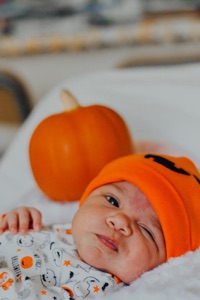Red faced infants

IMPORTANT The information provided is of a general nature and should not be used as a substitute for professional advice. If you think you may suffer from an allergic or other disease that requires attention, you should discuss it with your family doctor. The content of the information articles and all illustrations on this website remains the intellectual property of Dr Raymond Mullins and cannot be reproduced without written permission.
Summary
There are many reasons babies and infants have red faces. But don’t automatically assume it means food allergy. Most red faces are NOT related to food allergy. The skin of the cheeks and face is also more fragile than other parts of the body and easily irritated.
Rosy cheeks
These are more obvious when a baby has pale skin. Warm temperatures can give a red glow to the cheeks.
Irritation
Tomatoes, citrus, berries, Vegemite sandwiches: these are all irritants when seared on the skin and redness from contact does not represent food allergy. Avoidance or using a barrier moisturizer like Vaseline or QV Intensive or Dermeeze might allow skin contact without irritation. Putting the food into the mouth rather than allowing more messy self-feeding might also help.
This is a reflex phenomenon from eating highly flavoured food. The cheeks blush soon after eating, it last less than 30 minutes and the child remains happy!
Eczema/dermatitis
This is also very common in babies and will be made worse by dribble. And babies and toddlers are very messy eaters and many foods irritate the skin. Using barrier moisturisers and treating the eczema until healed with steroid or other anti-inflammatory creams is recommended.
Hives/dermographism
This is an occasional mimic for food allergy. Hives are triggered by scratching and rubbing the skin, such as touching the face while eating or using a wet wipe to wipe the face after eating. The child is normally happy.
Contact hives from food
Contact hives from food around the face is equivalent to a positive skin allergy test. A positive allergy test does not always translate into food allergy as some can eat the food when put in the mouth without a problem and only get contact hives if it comes into direct contact with the skin. If the child is not allergic, then messy self feeding of that food is best avoided. Nonethless, if in doubt, get specialist advice.
Other rashes
Of course there are other causes of rashes like baby acne, seborrhoeic dermatitis or milia, small white pearly lumps that doe not itch.
Last reviewed 21 August 2020
